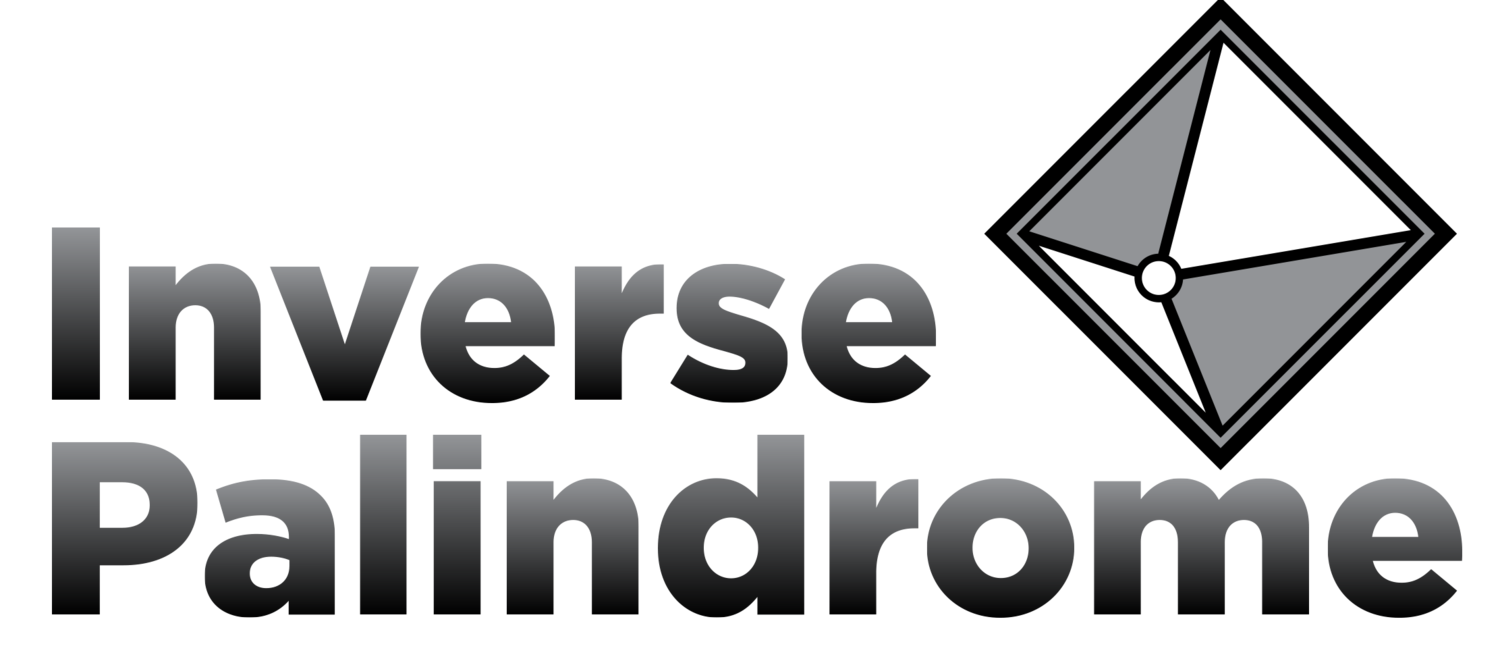Range-V3: The Blueprint for Standardized Ranges
Iterators have been one of the basic and most important components in the Standard Template Library(STL) ever since its creation. Their usage has become so fundamental that they’ve been provided overloads for almost all generic algorithms in the standard library. Iterators seem to do the job they’re supposed to; but are they the most convenient solution? Most of the time we want to modify the elements of an entire container without having to bother about anything else. The standard library has imposed the use of begin() and end() iterators to manage the totality of a container, but this in turn has damaged the readability and simplicity of our code in multiple scenarios. The solution to this problem has been presented through the use of ranges in the Ranges TS, expected to be part of the new standard in C++20.
Since the integration of ranges to the standard is still a couple years away, we have to use library alternatives such as Range-V3 to unveil the power of ranges. Luckily for us, Range-V3 is the basis for the new proposal; meaning that most of its interface will be very similar to what we’ll see in C++20.
What is a Range?
A range is a sequence of objects with a beginning and an end. The motivation behind them is mainly convenience and composability. They’re convenient because they allow algorithms to take a single range object instead of a pair of iterators, making code more readable. In terms of composability, they enable the use of algorithm chaining adding more expressiveness in less lines of code.
Convenience
std::vector<int> unorderedNumbers{ 3, 1, 8, 2, 0, 5, 6, 4 };
//Iterator version
std::sort(unorderedNumbers.begin(), unorderedNumbers.end());
//Range version
ranges::sort(unorderedNumbers);
Composability
std::vector<int> numbers{ 1, 2, 3, 4, 5, 6, 7, 8, 9 };
//reverse + remove even numbers
//Iterator version
std::reverse(numbers.begin(), numbers.end());
numbers.erase(std::remove_if(numbers.begin(), numbers.end(),
[](auto number) { return number % 2 == 0; }), numbers.end());
//Range version
auto reversedOddNumbers = numbers | ranges::view::reverse | ranges::view::remove_if(
[](auto number) { return number % 2 == 0; });
Conclusion
Ranges are the next big leap for the standard library and we need to expand our perspective to welcome them into our codebase. The convenience and composability inherent in ranges makes them a worthwhile addition to the language.
